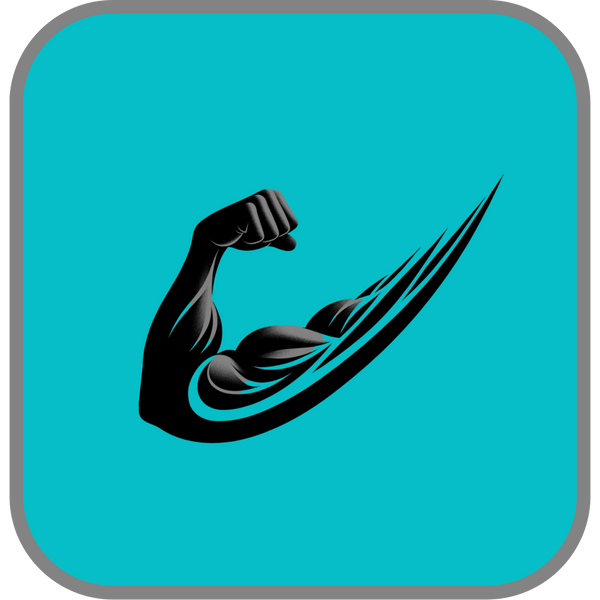Body-Mind Centering: A Comprehensive Approach
Have you ever considered how closely your mind and body are connected? It's like a dance where each step of the mind is mirrored by the body, and vice versa. Body-Mind Centering, a unique approach to holistic wellness, brings this dance to life. In this article, we'll explore the fascinating world of Body-Mind Centering and why somatic workouts are not just a fitness trend, but a transformative practice.
What is Body-Mind Centering?
Body-Mind Centering (BMC) is not just a practice; it's a journey into self-awareness. Developed by Bonnie Bainbridge Cohen, it's a holistic approach that combines movement, touch, and voice to foster greater understanding and connectivity between the body and mind.
The Science Behind the Practice
It's fascinating how BMC bridges the gap between the latest neuroscience and ancient wisdom. It's about tuning into the body's innate intelligence, enhancing neural pathways, and fostering a harmonious balance.
Somatic Workouts: More Than Just Exercise
Somatic workouts in BMC are not your typical gym routines. They're about mindful movement, where each action is intentional and focused on the connection between the mind and body.
Benefits of Body-Mind Centering
From stress reduction to improved flexibility, the benefits of BMC are extensive. It's about nurturing the whole self – physically, mentally, and emotionally.
How to Start Your Journey
Embarking on the BMC journey is as simple as being open to learning about your body. Start small, be patient, and embrace the process.
Common Techniques and Practices
Discover the core techniques of BMC, like grounding, centering, and aligning. These practices lay the foundation for a deeper connection with yourself.
Mindfulness in Movement
Mindfulness is at the heart of BMC. Learn how to bring a mindful approach to every movement, creating a meditative and healing experience.
Overcoming Challenges
BMC is not without its challenges, but overcoming them leads to profound growth and understanding. Learn how to navigate these obstacles gracefully.
Integrating BMC into Daily Life
BMC isn't just a practice; it's a way of living. Find out how to seamlessly integrate these principles into your everyday life.
The Role of Breathing
Breath is the bridge between the mind and body. Learn how conscious breathing can transform your BMC practice.
Body Awareness and Alignment
Understand how awareness and alignment are crucial in BMC, and how they contribute to overall well-being.
Emotional and Physical Healing
BMC offers a pathway to healing both emotional and physical traumas. It's about finding balance and harmony within.
The Community Aspect
Join a community of like-minded individuals who are on the same journey. Share experiences, learn, and grow together.
Resources for Learning and Growth
There are numerous resources available for those interested in BMC. Books, workshops, and online courses can guide you on your path.
Preparing for a Somatic Workout Session
Learn how to prepare for a somatic workout. It's not just about physical readiness, but mental and emotional preparation as well.
Conclusion
Body-Mind Centering is more than just a practice; it's a transformative journey that aligns your mind, body, and spirit. By embracing somatic workouts, you open the door to a world of self-discovery and holistic health. Remember, it's a dance, and you are both the dancer and the choreographer.
-
What is Body-Mind Centering?
Body-Mind Centering is a holistic approach that uses movement, touch, and voice to explore the connection between the body and mind. -
Who can practice BMC?
Anyone! BMC is adaptable and suitable for people of all ages and fitness levels. -
How do somatic workouts differ from regular workouts?
Somatic workouts focus on mindful movement and the internal experience, rather than just physical exertion. -
Can BMC help with stress?
Absolutely. BMC is known for its stress-reducing and calming effects. -
Do I need special equipment for BMC?
No, BMC can be practiced with minimal or no equipment, focusing instead on the body's own movements and awareness.

